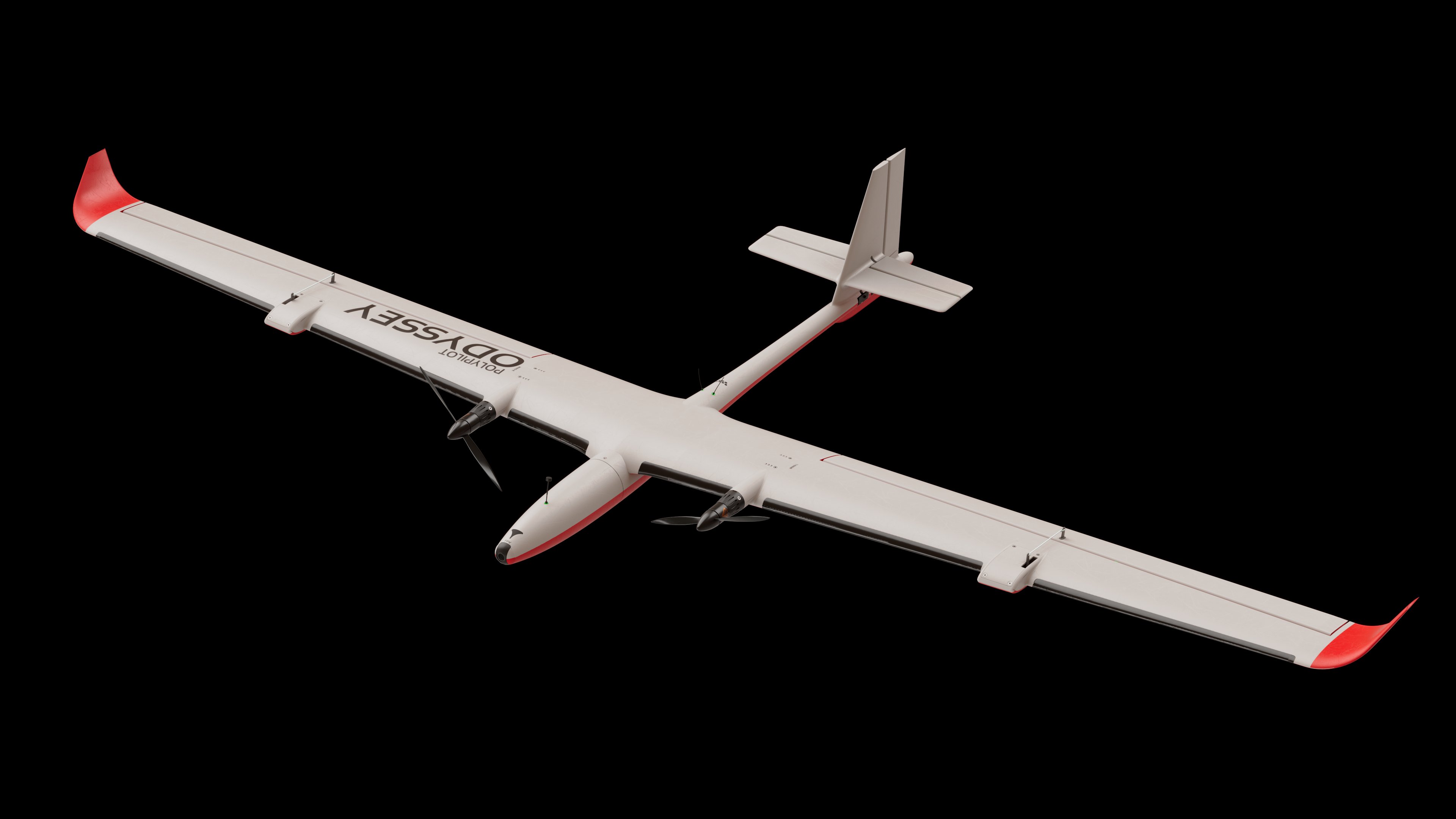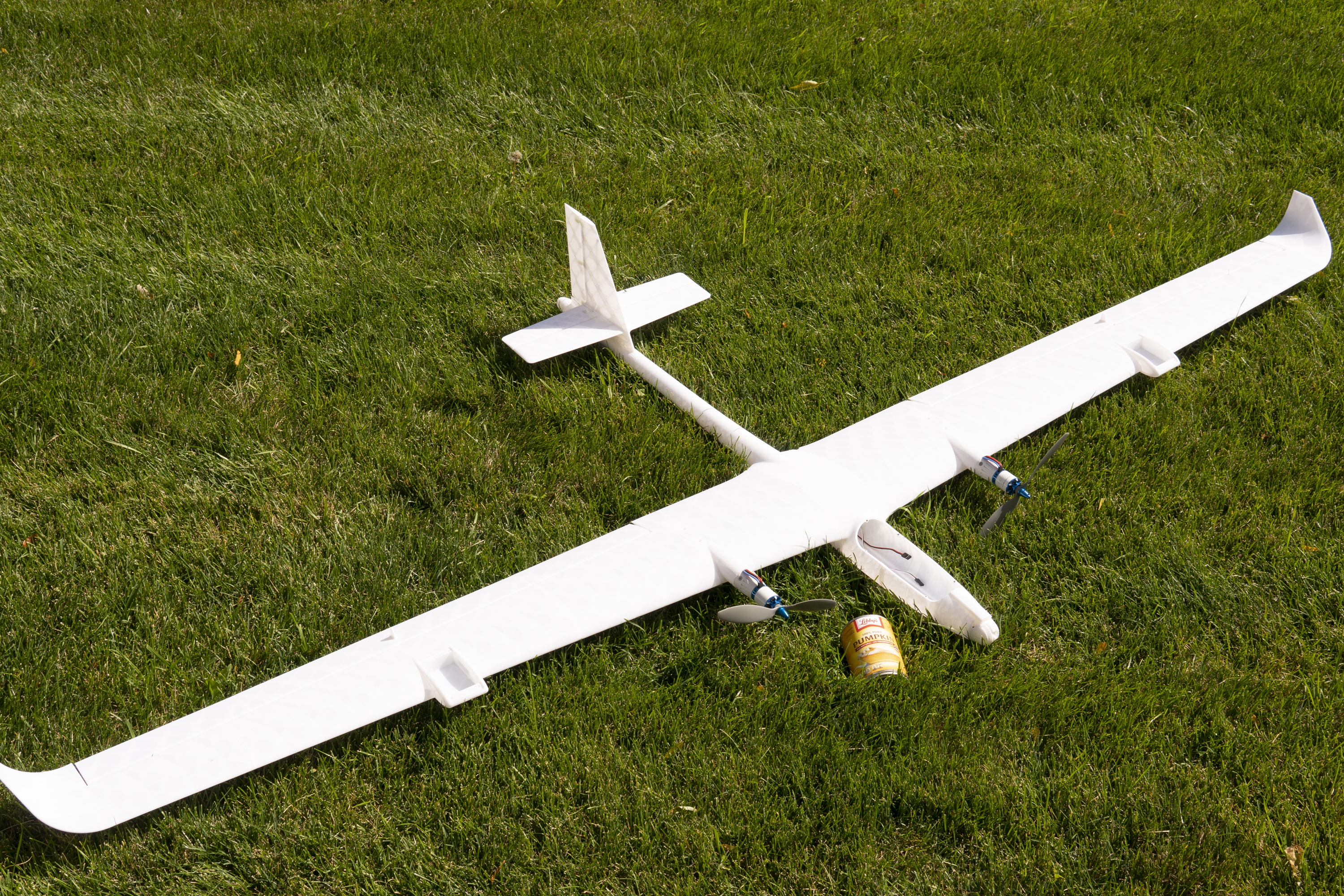kep
New member
Hey folks! I've been working on a 3D-printed 2.4 meter wingspan, high-endurance FPV/surveyor platform. It carries an FPV cam in a pivoting pod that can point down for aerial surveying, and is pitch stabilized by Ardupilot.
Early Render:

Odyssey specs:
I've been in CAD for what feels like ages, but have finally started to assemble the first flight model. The prototype is printed out of PLA, which makes it about 9% heavier and more brittle than the final intended ASA, but should give some great insight into the design and flight characteristics.

Assembled fuselage, can of Libby's Pumpkin for scale.
Early Render:

Odyssey specs:
- 2.4 meter wingspan using an E423 airfoil
- 3124g in PLA, loaded w/ 10,000mAh batt
- Final ASA version 2850g, 22oz/sqin wing-loading
- Avatar HD Pro FPV cam
- 2x Sunnysky 2200 motors w/ APC 10-47SF-B4 props
- Speedybee F405 Wing FC
- PLA/PLA+/ASA filaments, Adaptive Cubic & Gyriod infills
I've been in CAD for what feels like ages, but have finally started to assemble the first flight model. The prototype is printed out of PLA, which makes it about 9% heavier and more brittle than the final intended ASA, but should give some great insight into the design and flight characteristics.

Assembled fuselage, can of Libby's Pumpkin for scale.




